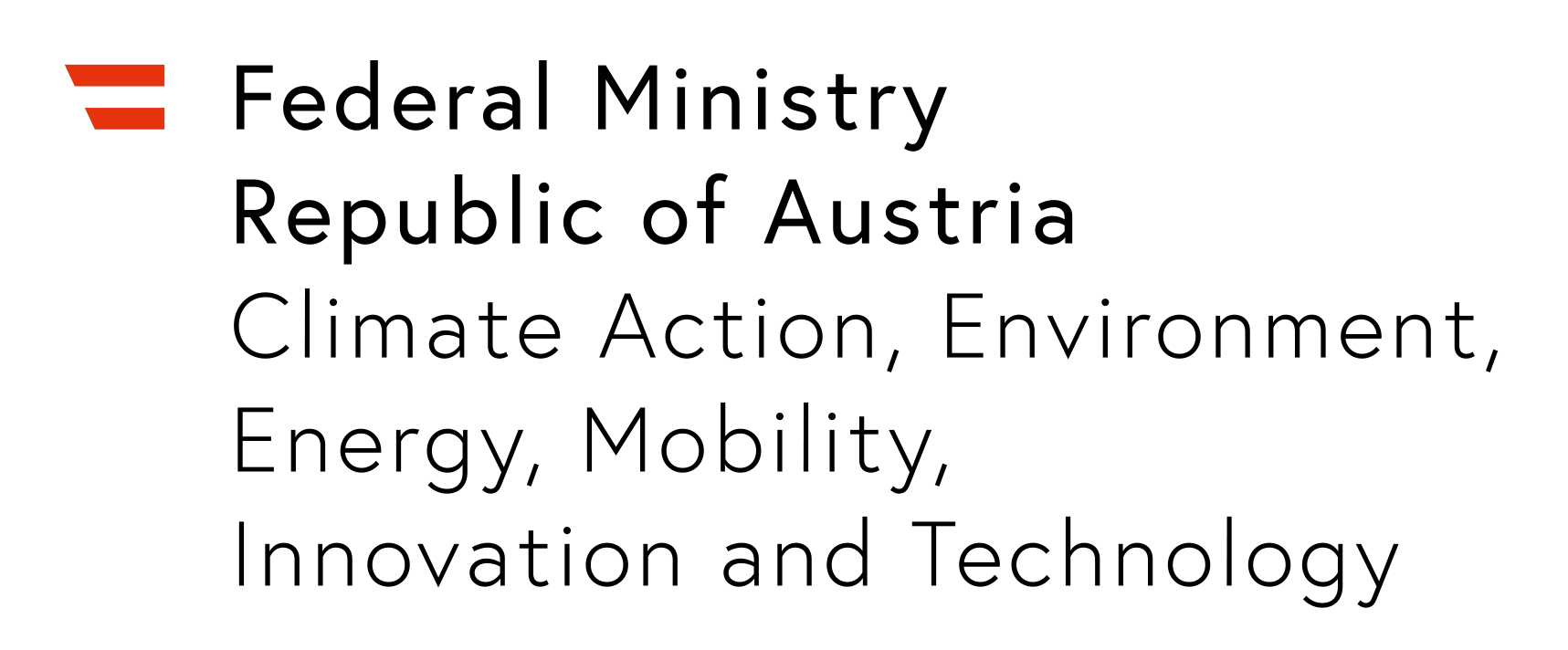21.06.2022
How to become Gaia-X compliant? How to use the Gaia-X Trust Framework and the Gaia-X compliance service? These have been the main topics of the two-day Gaia-X Hackathon #4, which ended today and focused on the approved, measurable set of rules needed to fulfil in order to become Gaia-X compliant. Together with the Web3-experts of deltaDAO AG, the EuProGigant team introduced many of the first Gaia-X compliant participant self-description examples and experimental service self-descriptions. Furthermore, they worked on the creation and improvement of new service offerings together with the community.

After a short introduction of EuProGigant, project coordinator Markus Weber highlighted the vision of a self-sovereign and independent manufacturing data space, which supports the relocation of the manufacturing industry back to Europe and increases value creation speed. Together with Kai Meinke, Co-Founder and Business Lead at deltaDAO AG, he gave insights into the next steps of the project towards becoming a Gaia-X compliant ecosystem, which includes the use of self-descriptions according to the Gaia-X Trust Framework and the Gaia-X Compliance Service and Registry.
Under the motto “lead by example” the team also introduced the validation platform demonstrator – one of four thematic working groups of EuProGigant – which has been expanded to include the Minimal Viable Gaia-X demonstrator (MVG) by deltaDAO AG and Ocean Protocol. By sharing data with partners, the validation platform opens up new cooperation opportunities for SMEs. During preparations for the hackathon event, the teams worked on the connection to the Trust Framework by leveraging the Gaia-X Registry and the Gaia-X Compliance Service, which is available now and can be used by everybody. The Gaia-X Lab Team developed both essential services to make the trust framework applicable, under the leadership of the Gaia-X CTO office.
With the validation platform demonstrator as a basis, Kai and Markus explained the steps of building use case related self-descriptions:
- Creation of architectural diagrams (e.g. deployment view)
- Comparison of self-description taxonomy with the architectural diagrams
- Identifying and building necessary service offerings by following the main model for service composition
- Creation of self-descriptions according to the previously specified service offerings (following a top-down approach)
- Validation of self-descriptions to ensure they fulfil the shape and content requirements of the Gaia-X Trust Framework using the Gaia-X Compliance Service API
- Signing the self-descriptions with a verifiable RSA key pair (this illustrates the role of Trust Anchors and Trust Service Providers)
- Getting a signature for the signed self-description from the Gaia-X Compliance Service
After the keynote, Markus and Kai were leading a hackathon session, where they gave a technical deep dive into EuProGigant and the introduced self-description examples. The audience got the chance to see a live-demonstration of the EuProGigant Gaia-X Portal, which is now connected to the Gaia-X Compliance Service. Furthermore, participants could access the different service offerings from the validation platform, which includes information like creation time or temporal coverage. During a live-session they used all the self-descriptions to then decompose the stack from a user perspective, to get a full overview of all the complex services and atomic resources the service offering depends on.
Markus Weber highlighted the potential great impact of this new level of trust and transparency with regard to Industry 4.0 resilience strategies. Learn more about the resilience approach of EuProGigant with the scientific paper “A Concept for Strengthening Resilience in the Manufacturing Industry on the Shop Floor“.





